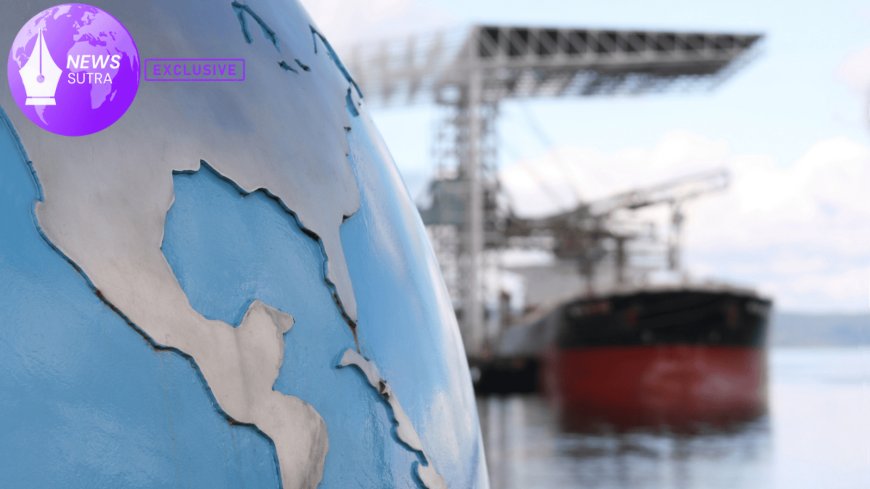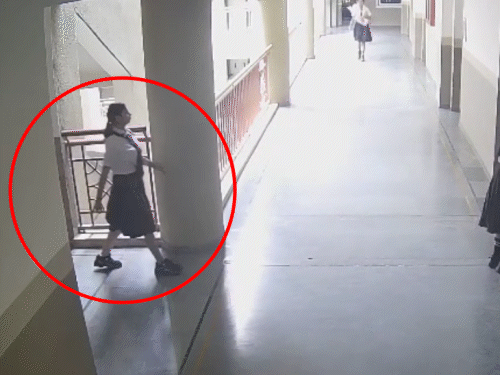Trump’s Tariff Escalation: Wind Turbine Industry Braces for Impact
Trump’s new wind turbine tariff investigation could threaten 42,000 renewable energy jobs, reshape state economies, and delay U.S. climate goals.

The Trump administration has opened a new investigation into tariffs on imported wind turbines, a move that is already sending shockwaves through the renewable energy sector. Industry experts warn that if the tariffs are expanded, the economic fallout could reshape clean energy growth in the United States, with ripple effects across jobs, state economies, and climate targets.
Tariffs in Focus: A Political and Economic Balancing Act
The administration’s renewed scrutiny comes amid a broader push to prioritize American manufacturing. While President Donald Trump has consistently emphasized the importance of bringing industrial jobs back to U.S. soil, the renewable energy industry argues that tariffs could undermine growth in one of the country’s fastest-expanding sectors.
According to trade filings, the Department of Commerce is reviewing claims that foreign manufacturers—primarily from China, Denmark, and Spain—are undercutting U.S. producers by selling turbines at below-market prices. The decision could lead to new duties or an extension of existing ones.
The political calculus is complex: tariffs may boost American manufacturing in the short term but could also slow down wind farm development, increase costs for utilities, and threaten U.S. climate commitments.
Independent Economic Modeling Reveals Job Risks
A new economic model from independent analysts paints a sobering picture. Using state-level employment data, researchers project that expanded tariffs could threaten nearly 42,000 renewable energy jobs nationwide by 2030.
-
Texas, the largest wind energy producer, could see potential losses of more than 12,000 jobs, particularly in construction and maintenance roles.
-
Iowa and Oklahoma, both heavily reliant on wind power, may collectively lose over 6,000 jobs.
-
California, though more diversified in renewable sources, is projected to face losses in manufacturing-linked employment.
These figures underscore the paradox: tariffs meant to support American jobs in manufacturing may inadvertently weaken employment in installation, construction, and operations—sectors where U.S. workers dominate.
For policymakers, the numbers suggest a difficult trade-off between safeguarding domestic industries and sustaining long-term renewable growth.
Industry Leaders Sound the Alarm
Industry associations, including the American Clean Power Association, have issued strong warnings. In a recent statement, they argued that higher costs could delay or cancel planned wind farm projects, ultimately slowing U.S. progress toward renewable energy targets.
“The uncertainty is already chilling investment decisions,” said Karen O’Neill, a senior economist with the group. “Developers can’t plan multimillion-dollar projects without clarity on equipment costs.”
Investors are equally cautious. Several utility companies have indicated that they may scale back renewable expansion if turbine costs rise significantly, a setback for states aiming to meet ambitious clean energy standards.
Global Competitiveness at Stake
International analysts also point to a larger geopolitical risk. If the U.S. slows its adoption of wind energy, countries like China and members of the European Union could gain a decisive edge in global renewable technology leadership.
This shift could weaken America’s bargaining power in international climate negotiations and undermine its ability to influence global standards for clean energy technologies.
The Local Impact: Jobs and Communities
Beyond the numbers, the tariff debate has a human dimension. Community health workers and local leaders in rural areas—where most U.S. wind farms are located—fear that stalled projects could cut off revenue streams that fund schools, hospitals, and infrastructure.
In states like Kansas and Nebraska, wind projects contribute millions annually in tax revenue. If new farms are delayed, local governments could face funding shortfalls, hitting rural communities hardest.
U.S. Climate Goals on the Line
The tariff investigation comes at a critical moment. The Biden administration previously set ambitious goals for reducing emissions, and while Trump’s policies differ, the demand for renewable infrastructure remains strong. A slowdown in wind development could make it harder for the U.S. to meet global climate commitments and maintain credibility as a leader in clean energy.
Some experts argue that the real solution lies in balancing trade protections with domestic investment in renewable innovation. By boosting R&D and manufacturing capacity at home, the U.S. could avoid overreliance on imports while still expanding clean energy deployment.
What Happens Next?
The Department of Commerce is expected to deliver its preliminary findings in early 2026. Until then, the industry remains on edge. If tariffs are imposed, states may be forced to reassess renewable energy targets, and investors may shift funding toward solar or battery storage instead.
Whether this marks a temporary disruption or a long-term reshaping of America’s renewable landscape depends on how policymakers weigh manufacturing protection against the urgent demand for climate action.
What's Your Reaction?
 Like
0
Like
0
 Dislike
0
Dislike
0
 Love
0
Love
0
 Funny
0
Funny
0
 Angry
0
Angry
0
 Sad
0
Sad
0
 Wow
0
Wow
0







































































